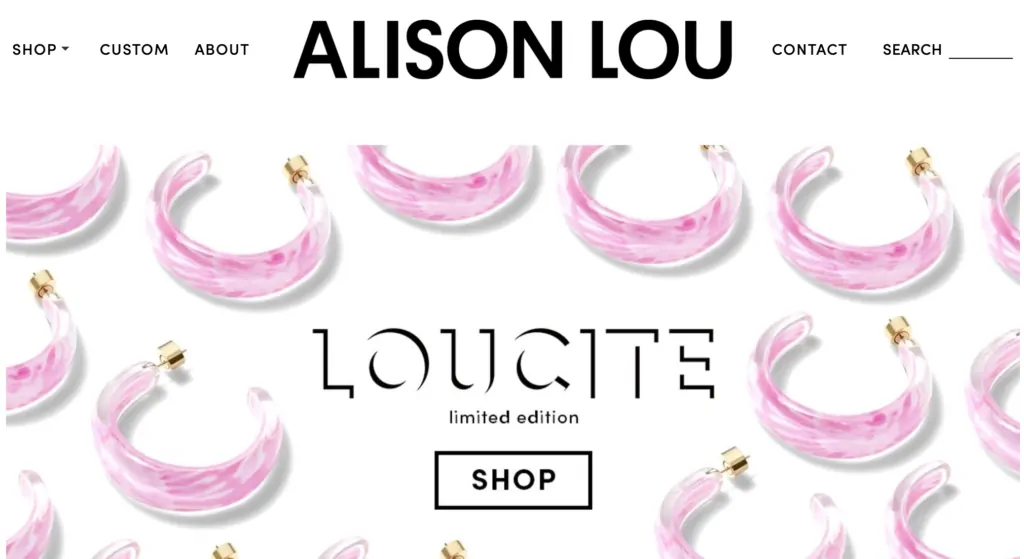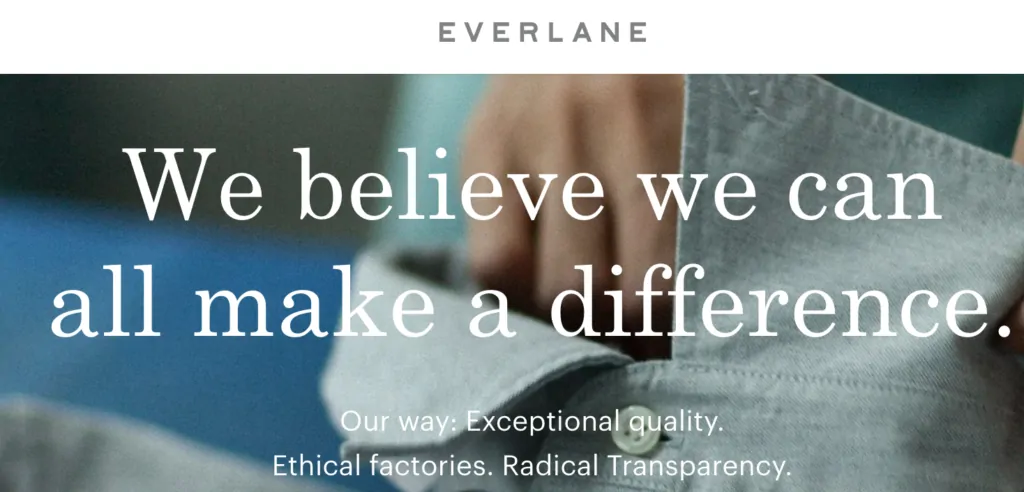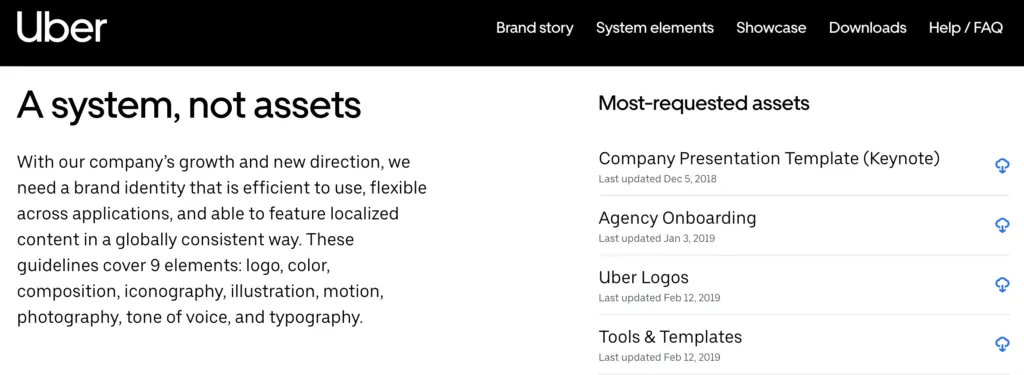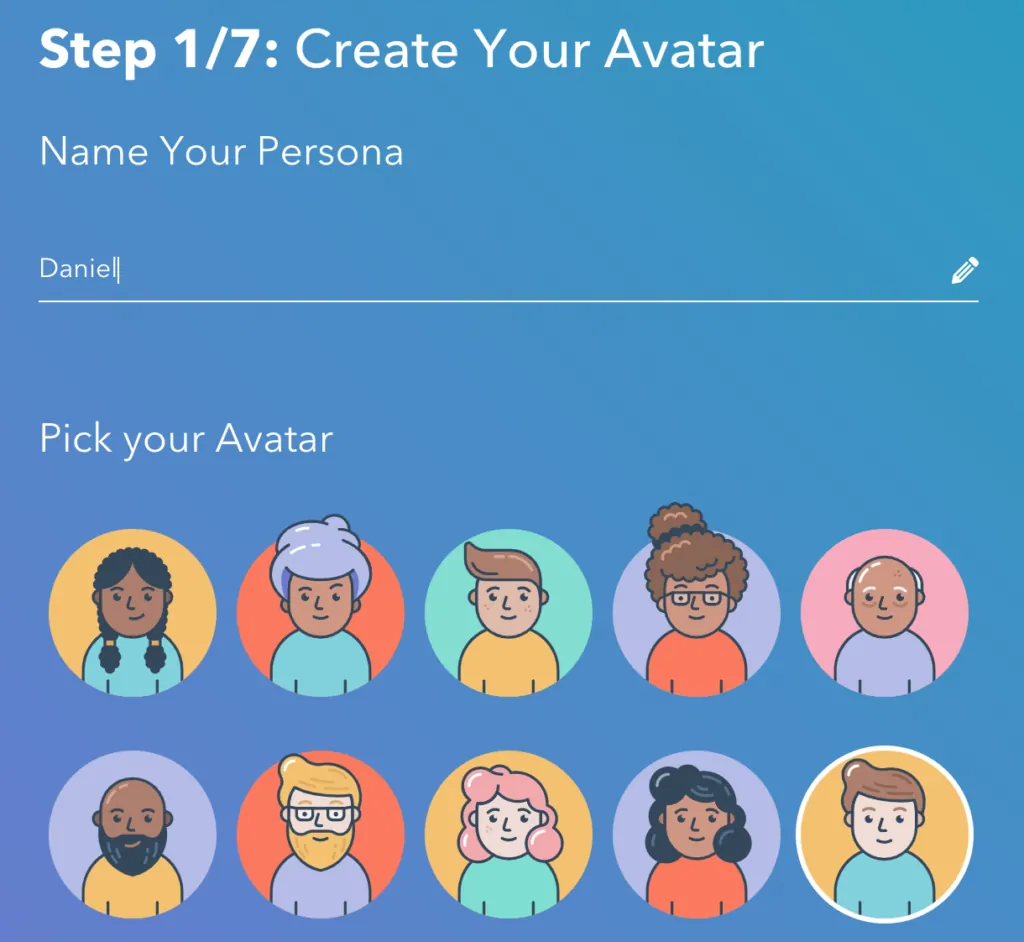A brand is built by the accumulation of experiences, interactions and social behavior between a product, service, and company.
Since a brand is considered as a whole and is not segmented into departments, your brand positioning strategy needs to balance your aspirations for the brand, your ideal customer experience, and your targeted market.
Every successful brand is backed by a carefully designed positioning strategy.
Positioning is the dynamic approach that adapts to ever-changing markets, customer behavior and content consumption.
Positioning is the fundamental concept in all branding, marketing, and social media touchpoints.
A perfect positioning strategy is:
- Relevant
- Distinct
- Credible
- Emotionally-driven, and
- Has a long-term outlook
Why Should You Bother With Positioning?
Positioning is only for the brands that are consumer-centric. Positioning is conceived by keeping the customer as the focal point. A well-positioned brand speaks directly to the clients and breaks through the barriers of oversaturated markets.
If you are in the lifestyle and fashion eCommerce segment, you are in a crowded place with a lot of players competing for your ideal consumer’s attention.
The brand that understands their consumers the most and positions themselves as relevant, distinct, credible, and emotionally-driven with a long-term outlook, has a definite advantage.
How to Position Your Lifestyle and eCommerce Fashion Brand
Positioning is the successful amalgamation of price, product, promotion, and place – the dimensions that control sales.
- What – Category
- How – Differentiating characteristic
- Who – Customer demographics
- Where – Market geography
- Why – Customer need
- When – Underlying trend
These questions might seem trivial and dated, but if answered honestly there’s so much valuable information you can gather from them.
Start with the following steps and you’ll be on your path towards positioning your brand successfully.
Read more: Building a Brand: How to Tell a Powerful Brand Story
Define Yourself
Your lifestyle and fashion brand is an extension of yourself, your values, your views, and your story.
The first step to go in that direction is to define how you want your brand to be perceived.
This step is the phase where you must invest most of your time.
A strong brand is built on clarity of thought.

Pyer Moss a relatively new brand has distinctively defined themselves, and it translates well in their products and visual communication throughout all their touchpoints – from their website to their packaging.
Who Is Your Audience?
You need to identify your audience and know them well.
If your answer is your brand is for everyone then, in reality, it will be for no one.
Brands grow stronger when they narrow their focus.
Surveys are lazy, and focus groups lack intent. You need to go the extra mile, connect personally with your defined audience, ask questions, observe where they spend time, how your brand can benefit them, and you’ll be miles ahead of your competition.

Alison Lou has a crystal clear understanding of their audience which explains their recent rise in popularity. A jewelry brand that’s competing with brands 4 times bigger than them.
“Because of technology, Millennials have a different way of communicating than previous generations. As a result, designers like Alison Lou Chemla, who use emoticons as a jewelry theme, really speak to a Millennial audience.”
Source: Centurion Jewelry
What is Your Category?
Kenzo, the most fun, supporting in your face attitude clothing brand sells more than just clothes, so does Fendi, Luis Vitton, and Hermes.
All these luxury brands have evolved but in their initial days of gaining attention, they catered to only one single category.
Kenzo was all about fur. Fendi was about bright leather bags and so on.
Hence, you need to focus only and purely in one single category. Get to the essence of that category. Gain your audience and evolve from there but you have to narrow yourself to just one category and own it.

Gentle Monster has done what Kenzo did in their early years. They have crafted a niche category for their brand. This can be easily experienced through their digital presence and unusual glasses.
What is Your Value Proposition?
So far you have the brand’s essence, you understand your audience, and you have defined your focused category.
Now: Imagine where does in this whole scheme of things you can provide actual value?
For instance, Zappos is for customer service, Volvo stands for safety, Lady Gaga is Madonna and Everlane is for radical transparency of present times.
So where can YOU provide authentic value to the customer?
Define your value proposition and own it!

Everlane – they have managed to own their value proposition so well with their classic looks that it disrupted the market and changed the way we see fashion brands doing business.
Define Where You Want to Position Your Brand
Your lifestyle and fashion eCommerce brand needs a goal, an ideal place, a perfect sweet spot where you want your brand to be.
You need to define that position clearly. Only through understanding and setting up a target, you’ll be able to measure your progress.
Don’t try to position your brand too broadly. Single focus and owning that one place is what gets attention.
You must know where your current position is in the market and whom you must outwit to position yourself in the sweet spot which is not taken.
Everlane is a good example of that as they noticed the change in customer behavior and outwitted their competition in fashion eCommerce. They positioned themselves as a transparent brand with a clear conscious.

Execute!
That’s where the majority of the brands fail.
It looks promising in the spreadsheets and PowerPoint presentations but keeping it together through the execution is the ultimate test.
Your brand grows stronger the more you keep your processes streamlined with people accountable for each decision.
Especially in lifestyle and fashion eCommerce a minimal viable product with little to no brand strategy and positioning will fail to get any attention.
It’s your responsibility as a brand owner to assign the right people and create magic.
Create a structure for your team and brand guidelines that they must follow. Your website’s design, your checkout process, even the way you handle support – it all contributes to the way you position your brand.
Consistent approach firms your position in the customer’s eye, don’t take the customer for granted.
“Good design is a Good business.”
Checklist
We have listed a few questions that you need to ask yourself and take action to be able to position your lifestyle and fashion brand successfully amongst the competition.
1. Do you have a brand identity program in place?
An excellent example of a successful brand identity program is Uber’s new Brand Experience.

2. Have personally interviewed (at least 5 people) your target audience?
You can use software like www.surveymonkey.com or Typeform, but the best interviews are done in-person. Talking to your customers face-to-face allows you to see through their body language and emotions.
3. Do you know where/who you are targeting?
You can use HubSpot’s Make My Persona to organize and define your brand persona.

4. Do you know where they spend most of their time?
This where you’ll get more detailed info: Facebook Audience insights.
Facebook Audience Insights is an excellent starting point to understand more about your audience. Let’s say you’re running a women’s outdoor shoe brand, and your potential audience is women, hikers in the US.
You can quickly filter that audience using Facebook Insights and learn more about its demographics: their lifestyle, jobs, relationships, etc.
Related post: Facebook Ads for e-Commerce – How to Kickstart your Business
5. Have you defined a tone of voice for your brand?
You’ll need to create a perfect copywriting solution for this.
6. Do you have a focus category?
You need to focus on one single category of your business to position your brand well.
7. Which art movement best describes your brand?
Have you incorporated it into your communications?
8. Which genre of music best describes your brand?
Have you incorporated it into your communications?
9. Have you articulated your value proposition?
Your value proposition explains how your product solves customers’ problems or improves their situation (relevancy), delivers specific benefits (quantified value), tells the ideal customer why they should buy from you and not from the competition (unique differentiation).
10. Have you distilled your brand essence in one single tagline?
You need to have a strong tagline, describing your brand essence in the strongest manner.
Here are 4 examples:
- Famous Footwear: The value shoe store for families
- L’Oreal: Because you’re worth it.
- Nike: Just do it
- Coca-Cola: The real thing
Conclusion
Positioning your lifestyle and eCommerce business successfully is a hard but crucial job.
If you want to survive as a fashion business, you must dedicate a significant time of your work to developing your brand identity, understanding your customers and your brand position.
Otherwise, you risk drowning in a sea of fashion brands popping every month.
Image source(s): [1]
![You are currently viewing How to Position Your Lifestyle and Fashion Brand [Guide & Checklist]](https://competico.com/wp-content/uploads/2019/10/How-to-Position-Your-Lifestyle-and-Fashion-Brand.webp)
![Read more about the article How to Choose the Best Domain Name [8 Tips][Checklist]](https://competico.com/wp-content/uploads/2020/05/How-to-Choose-the-Best-Domain-Name-8-TipsChecklist-300x161.jpg)



